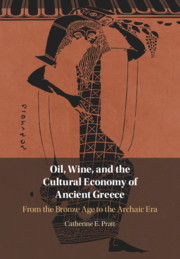Current Welfare Code recommendations suggest one nipple drinker per 10 pigs, while farmers have often used a ratio of one per 20 animals. This statement is based on information from pig farmers and advisors in the United Kingdom. Neither approach is based on empirical investigation. The use of larger group sizes in commercial herds raises further questions, since the relationship between group size and the appropriate number of drinking points cannot be assumed to be linear. The aim was to assess the two conflicting drinker allocations for their effect on welfare, as measured by drinking behaviour, social behaviour and performance, and any effect of group size on these. A total of 640 Large White × Landrace growing pigs were assigned to four treatments in a 2 × 2 factorial arrangement (60 pigs, three drinkers; 20 pigs, one drinker; 60 pigs, six drinkers and 20 pigs, two drinkers). Drinker provision had no significant effect on water use (5.10, 3.88, 4.99 and 3.45 s.e. 0.231 I per pig per day respectively) but in a larger group more water was used in less drinking time (P < 0.001). The diurnal pattern of water use was similar for each treatment. More aggression occurred at the drinker in large groups with a poorer drinker allocation (11.0 v. 3.8% of drinking bouts terminated by aggression for 60 pigs with three drinkers and mean all other treatments respectively, P < 0·05). Overt aggression (2.22, 2.27, 1.76 and 2.07 (s.e. 0.284) aggressive acts per pig per h, respectively) and lesion score counts of a sample of pigs from each pen suggested no difference between treatments. Providing one drinker per 20 animals, even in a large group, did not affect drinking behaviour, social behaviour or production. These findings should not be extrapolated to situations of different ambient temperature, water flow rate or feeding strategy.
